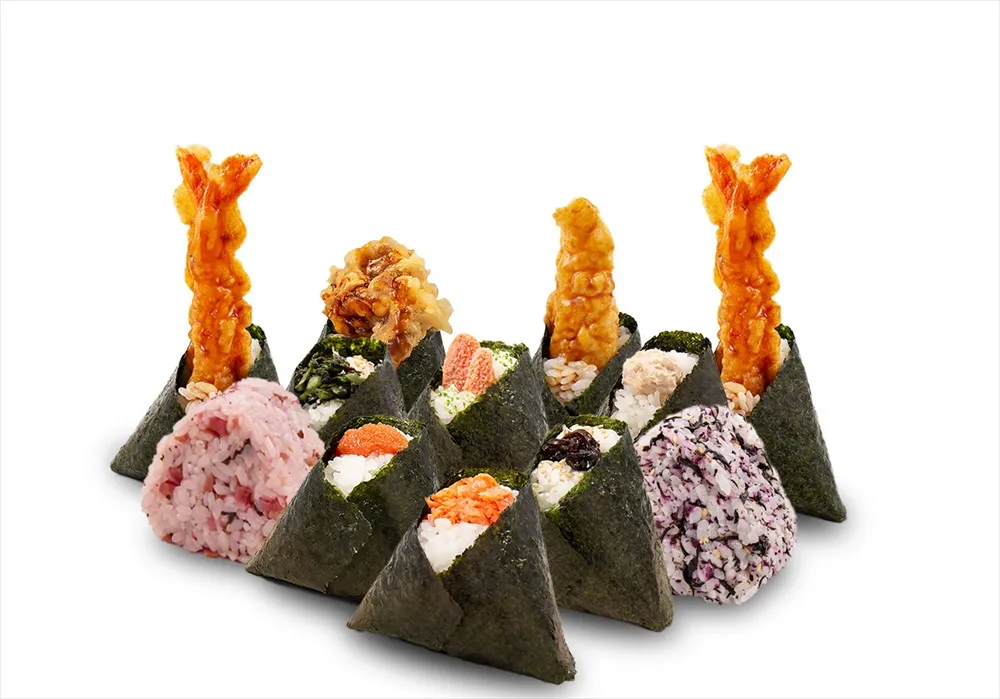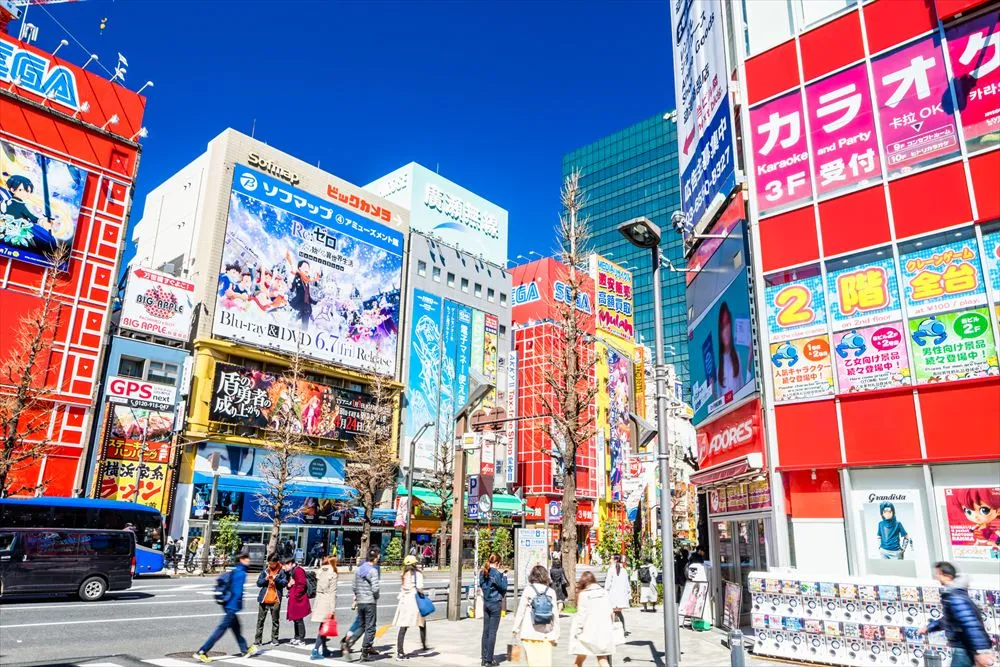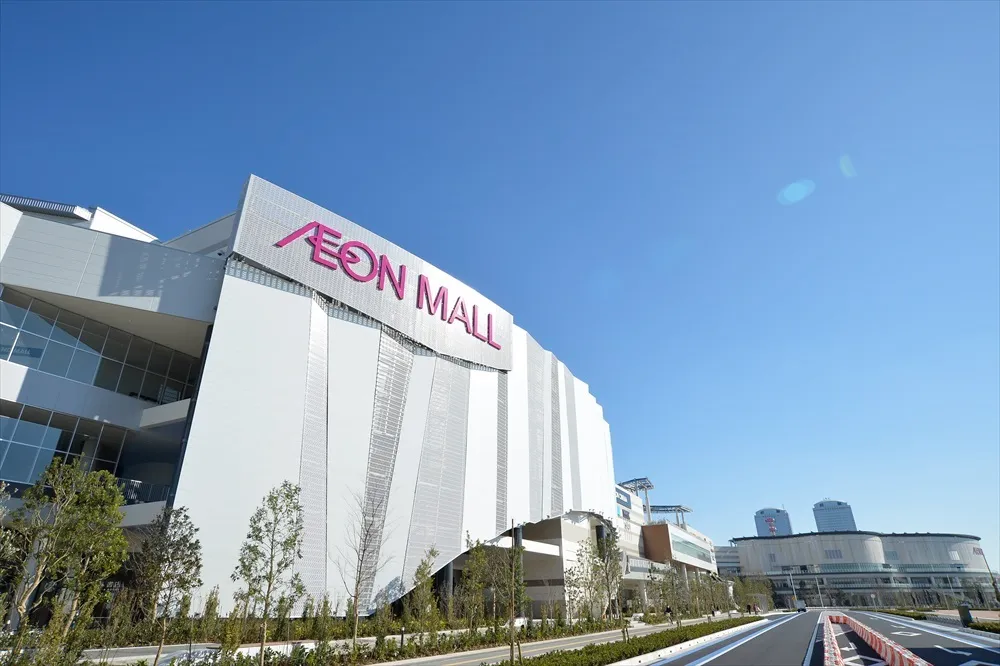FUKAGAWA
FUKAGAWA
Fukagawav

Fukagawa, with Tomioka Hachimangu Shrine and Fukagawa Fudou-dou Temple, is rich in traditional atmosphere. Ennichi Fair is held three times in a month and many stalls stand along the shopping streets.
“Cattlea” near the Morishita subway station is the originator of curry buns. Basho Kinenkan (Memorial Museum) displays letters of the great poet Matsuo Basho (1644-1694) and valuable materials.
FUKAGAWA TOKYO MODAN KAN uses a renovated dining hall that was first built in 1932 and is a national tangible cultural property. The tourist information center is inside the facility.
In old days, facing the ocean, the area was a fishing district and blessed with plentiful shellfish. That’s why Fukagawa-don, also called Fukagawa-meshi, a dish of asari clams simmered in miso soup on a bowl of rice, has become a specialty of Fukagawa.
Nutritious, simple, and easy on the wallet, it is available at Fukagawa-meshi Honke Kappo Miyako and other restaurants.
In the Kiyosumi district close to Ryogoku Kokugikan – the national sumo stadium – there are five sumo stables and you may see wrestlers who wear yukata (cotton kimono) walking around.
Kiyosumi Gardens is a Japanese garden with a large pond, miniature hill, and karesansui garden (composed entirely of rocks and sand). Fine stones collected from all over Japan are placed in the garden.
Fukagawa Fudou-dou is a branch temple of Naritasan Shinsho-ji Temple in Chiba Prefecture. It is the heart of Fukagawa and filled with a lot of stalls during the fair that takes place on the 1st, 5th, and 28th of every month and December 28 (the day of the year-end event).
Tomioka Hachimangu Shrine is famous for Fukagawa Hachiman Festival, which is one of the traditional “Big Three” Edo (old Tokyo) festivals. Its fair is also held every 1st, 15th, and 28th of the month.
It is considered to be the birthplace of kanjin (temple solicitation) sumo. Museum of Contemporary Art Tokyo is a fantastic place to visit. The surrounding area is also dotted with contemporary art galleries.
Fukagawa Hachiman Festival is held in August every three years. People along the streets throw and splash water at the portable shrine carriers as they go by.
Joto

A district with many attractive places, including Kameido Tenjin Shrine and Sunamachi shopping street. Kameido Tenjin Shrine was built to enshrine Duke Sugawara no Michizane, the god of learning. It is also well known for beautiful ume plum trees and Japanese wisteria.
Ryugen-ji is a temple where its priest collected hundreds of varieties of hagi (Japanese clovers) from around the country and planted them in the 17th century.
Known as “Hagi temple,” has attracted a number of artists and writers who have depicted its charms.
Katori Shrine is believed to have been built in 665. Kameido Katori Kachiun Shotengai along the approach to the shrine is a small shopping street with a retro appearance. Kameido gyoza is a delicious gyoza dumpling, famous for its thin skin.
Kameido Umeyashiki is a facility for commercial, tourist, and local community, just opened on March 17, 2013. SKY Duck, an amphibious tourist bus, also arrives and departs there.
Nakagawa Funabansho Museum is a museum in which the old waterway office of the Edo era (1603-1867) has been partially reconstructed and which displays traditional fishing tools.
The SKY Duck splashes into a river near Kyu-Nakagawa Kawa-no-Eki (river station).
Huge Sendaibori-gawa Park is home to the old Oishi family house, which is the oldest thatched-roof house in Koto City.
Fujizuka, or a miniature Mount Fuji, in Tomigaoka Hachimangu Shrine is about 4 meters in height and 13 meters in circumference.
A Japanese boat ride is available free of charge once a week at Yokojikken-kawa Shinsui Park. On the way back your home, visit bustling Sunamachi Ginza shopping street!
Note
Please refrain from taking photos with shutter sound and loudly chatting near places where rituals are being held when visiting temples and shrines. Also please note that taking photos of Buddha images and temples is prohibited at some temples and shrines.





